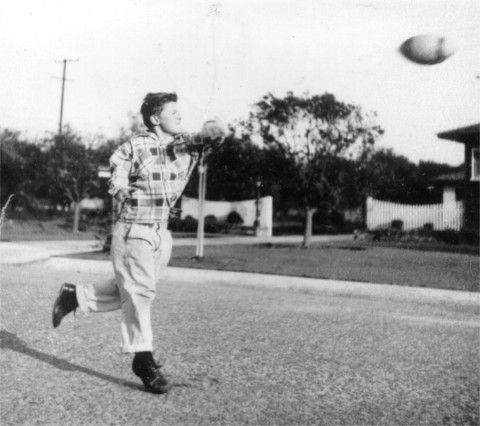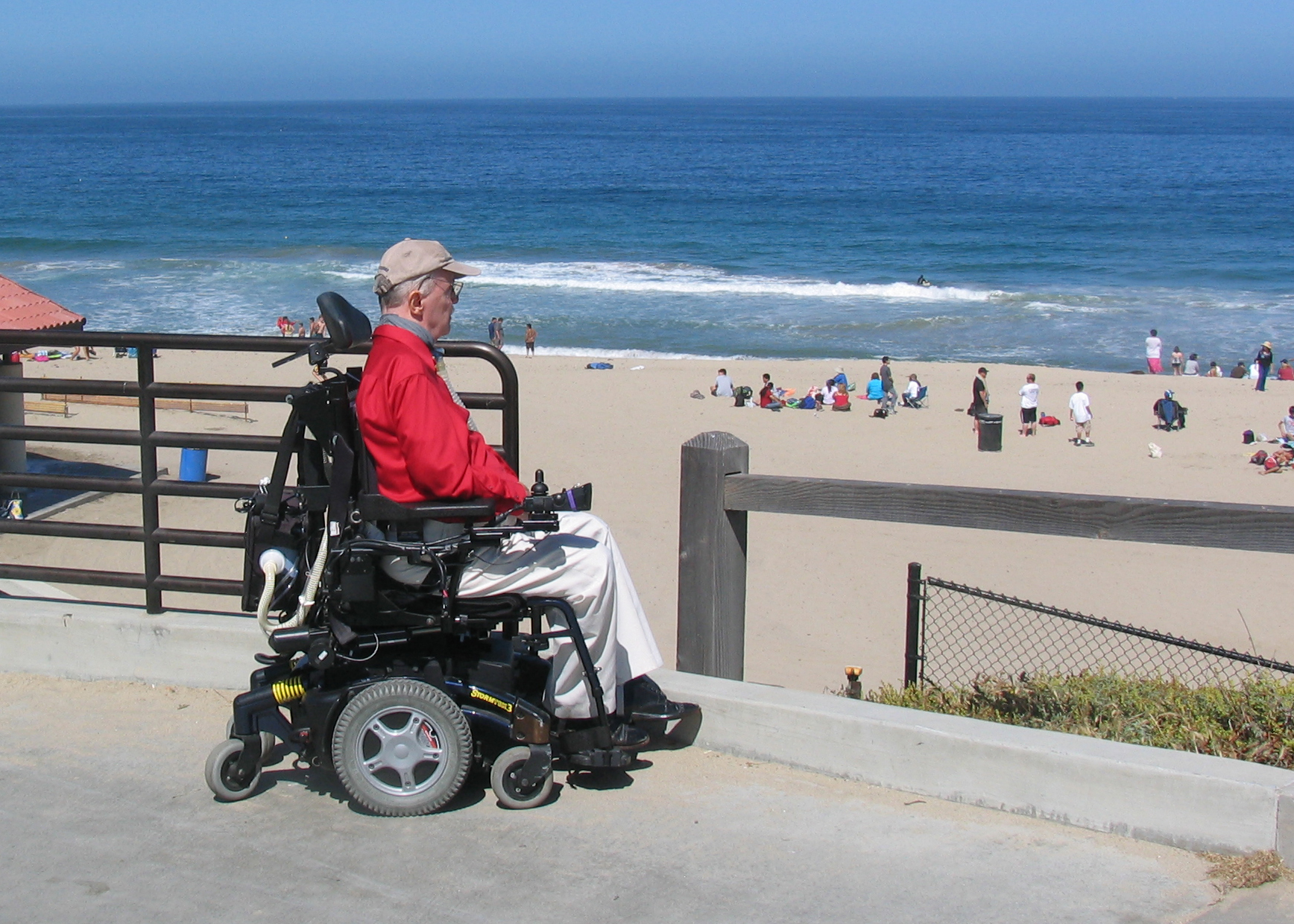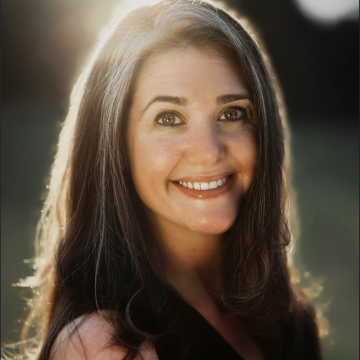Feb 23, 2020
Life before vaccines: Polio
Vaccination is one of the greatest advancements in public health, saving hundreds of millions of lives in the past century.
But ironically, the very success of vaccination has given some a case of historical amnesia, doctors say. Rising, unfounded skepticism about the benefits of vaccines have led to outbreaks of once-rare diseases in recent years.

“People know about these diseases as mythic dragons. Years ago, you built castles and moats and city walls to keep those monsters out,” said Dr. Sean Palfrey, a pediatrician at Boston Medical Center, above. “We try not to terrify people, but if they're saying these things aren't important anymore, we have to remind them they're out there, and if we let down our guard, they will break in and maul us.”
Coverage spoke with clinicians and loved ones of those who suffered from illnesses that vaccines have since made rare, including measles, smallpox, polio and meningitis B. Their words offer a powerful reminder of the vital importance of vaccination.
Learn more about how vaccines work
One of the biggest game-changing vaccine campaigns was for the polio virus, which was once among the most feared diseases in the United States.
Before the vaccine emerged in the mid-1950s, polio was responsible for 15,000 cases of paralysis each year, according to the CDC.
In the ‘20s, ‘30s and ‘40s, parents lived in fear of their children taking part in activities like swimming, which sometimes led to infection, according to James Colgrove, a public health historian at Columbia University.
“The image of a child on crutches or in a wheelchair was sort of a visible reminder to everyone the severity of the disease,” Colgrove said. “When the polio vaccine was licensed in the ‘50s it was such a triumph and met with public acclaim.”
Richard Daggett, 79, of Downey, California, was 13 when polio changed his life forever. What began as a stiff neck turned into a three-year hospital stay.

“When I first started rehab, I couldn't move anything,” Daggett said. “I couldn't even swallow.”
Daggett was forced to use an iron lung – a large, crude respirator that encapsulates the patient’s body.
Eventually, Daggett only needed braces on his legs and was able to make a strong recovery. But 30 years later, he developed post-polio syndrome – a condition that further weakens polio survivors – and by the late-‘90s he was using a wheelchair.

Daggett said he’s living proof of what can happen without the use of vaccines.
“People get bad information on the internet and they pick and choose what they believe,” he said. “It’s scientifically proven that vaccines are safe.”
Why I vaccinate my child
Five parents share their reasons for making sure their kids are protected against infectious diseases
More “Life before vaccines” stories
Did you find this article informative? All Coverage content can be reprinted for free. Read more here.
PHOTO OF Dr. SEAN PALFREY BY NICOLAUS CZARNECKI





